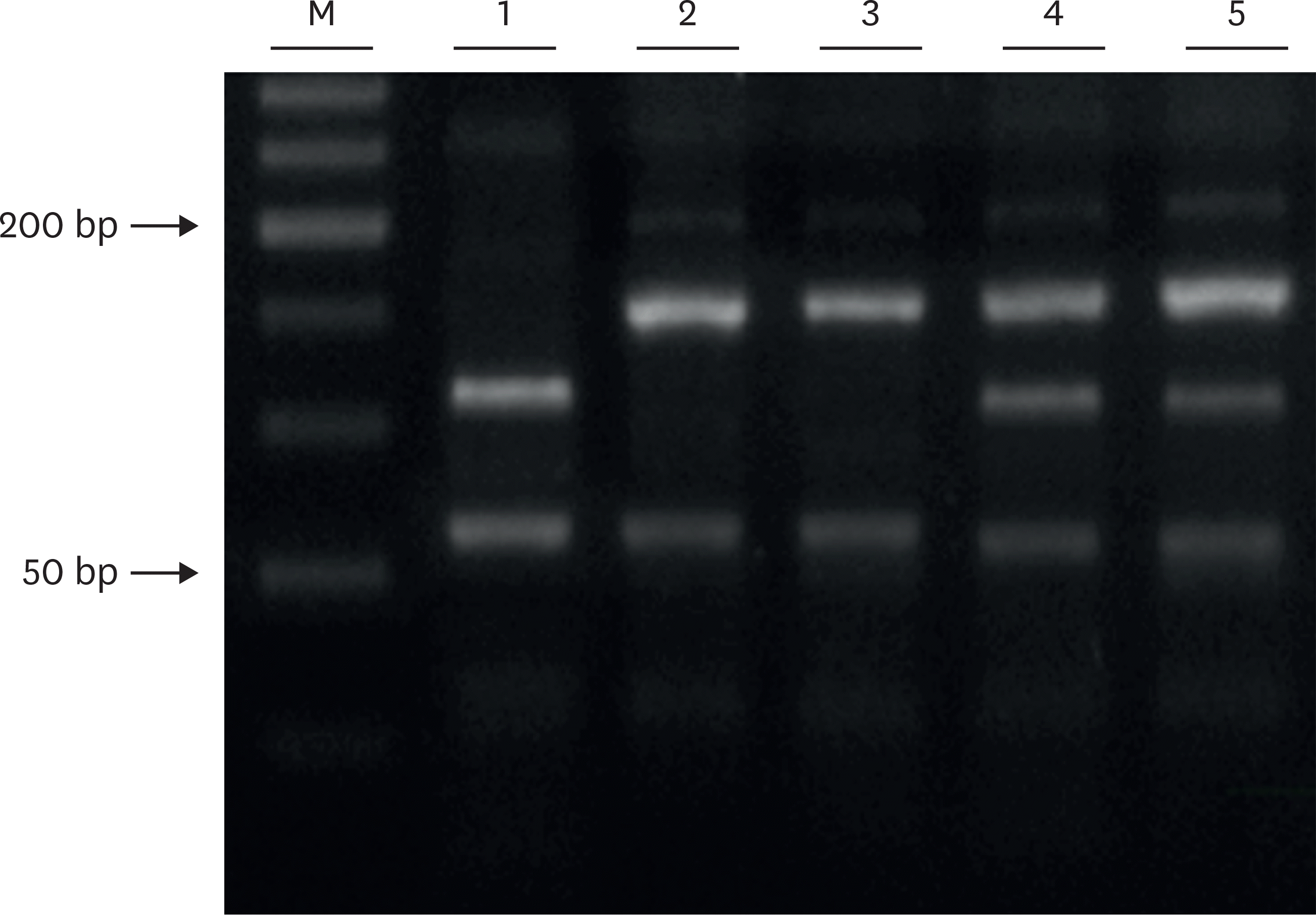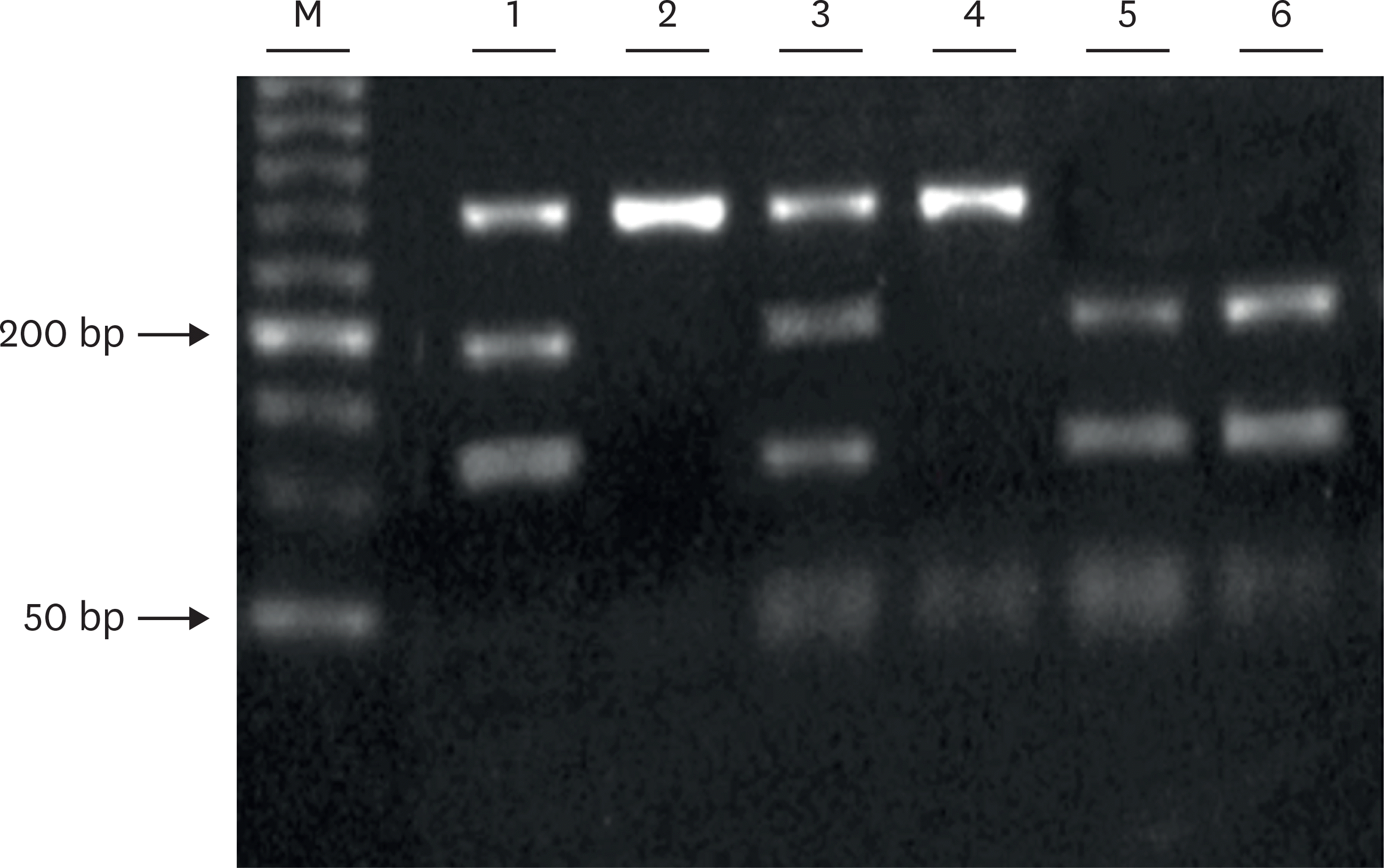1. Fokkens WJ, Lund VJ, Mullol J, Bachert C, Alobid I, Baroody F, Cohen N, Cervin A, Douglas R, Gevaert P, Georgalas C, Goossens H, Harvey R, Hellings P, Hopkins C, Jones N, Joos G, Kalogjera L, Kern B, Kowalski M, Price D, Riechelmann H, Schlosser R, Senior B, Thomas M, Toskala E, Voegels R, Wang de Y, Wormald PJ. EPOS 2012: European position paper on rhinosinusitis and nasal polyps 2012. A summary for otorhinolaryngologists. Rhinology. 2012; 50:1–12.

2. Hastan D, Fokkens WJ, Bachert C, Newson RB, Bislimovska J, Bockelbrink A, Bousquet PJ, Brozek G, Bruno A, Dahlén SE, Forsberg B, Gunnbjörnsdóttir M, Kasper L, Krämer U, Kowalski ML, Lange B, Lundbäck B, Salagean E, Todo-Bom A, Tomassen P, Toskala E, van Drunen CM, Bousquet J, Zuberbier T, Jarvis D, Burney P. Chronic rhinosinusitis in European underestimated disease. A GA²LEN study. Allergy. 2011; 66:1216–23.
3. Shi JB, Fu QL, Zhang H, Cheng L, Wang YJ, Zhu DD, Lv W, Liu SX, Li PZ, Ou CQ, Xu G. Epidemiology of chronic rhinosinusitis: results from a cross-sectional survey in seven Chinese cities. Allergy. 2015; 70:533–9.

4. Lam M, Hull L, Imrie A, Snidvongs K, Chin D, Pratt E, Kalish L, Sacks R, Earls P, Sewell W, Harvey RJ. Interleukin-25 and interleukin-33 as mediators of eosinophilic inflammation in chronic rhinosinusitis. Am J Rhinol Allergy. 2015; 29:175–81.

5. Erbek SS, Yurtcu E, Erbek S, Atac FB, Sahin FI, Cakmak O. Proinflammatory cytokine single nucleotide polymorphisms in nasal polyposis. Arch Otolaryngol Head Neck Surg. 2007; 133:705–9.

6. Mfuna Endam L, Cormier C, Bossé Y, Filali-Mouhim A, Desrosiers M. Association of IL1A, IL1B, and TNF gene polymorphisms with chronic rhinosinusitis with and without nasal polyposis: a replication study. Arch Otolaryngol Head Neck Surg. 2010; 136:187–92.

7. Bachert C, Zhang N, van Zele T, Gevaert P. Chronic rhinosinusitis: from one disease to different phenotypes. Pediatr Allergy Immunol. 2012; 23(Suppl 22):2–4.

8. Kramer MF, Rasp G. Nasal polyposis: eosinophils and interleukin-5. Allergy. 1999; 54:669–80.

9. Banerji A, Piccirillo JF, Thawley SE, Levitt RG, Schechtman KB, Kramper MA, Hamilos DL. Chronic rhinosinusitis patients with polyps or polypoid mucosa have a greater burden of illness. Am J Rhinol. 2007; 21:19–26.

10. Misron K, Hamid SSA, Ahmad A, Ramli RR. A study of single nucleotide polymorphisms of tumour necrosis factor α-1031 and tumour necrosis factor β+ 252 in chronic rhinosinusitis. Clin Exp Otorhinolaryngol. 2017; 10:241–7.

11. Kato A. Immunopathology of chronic rhinosinusitis. Allergol Int. 2015; 64:121–30.

12. Cheng YK, Lin CD, Chang WC, Hwang GY, Tsai SW, Wan L, Tsai MH, Tsai JJ, Tsai FJ. Increased prevalence of interleukin-1 receptor antagonist gene polymorphism in patients with chronic rhinosinusitis. Arch Otolaryngol Head Neck Surg. 2006; 132:285–90.

13. Forrester JV, Dick AD, McMenamin PG, Roberts F, Pearlman E. The eye e-book: basic sciences in practice. 4th ed.London: Elsevier Health Sciences;2015. Genetics; p.p. 130–56.
14. Karjalainen J, Joki-Erkkilä VP, Hulkkonen J, Pessi T, Nieminen MM, Aromaa A, Klaukka T, Hurme M. The IL1A genotype is associated with nasal polyposis in asthmatic adults. Allergy. 2003; 58:393–6.

15. Bernstein JM, Anon JB, Rontal M, Conroy J, Wang C, Sucheston L. Genetic polymorphisms in chronic hyperplastic sinusitis with nasal polyposis. Laryngoscope. 2009; 119:1258–64.

16. Prakash PS, Victor DJ. Interleukin-1b gene polymorphism and its association with chronic periodontitis in South Indian population. Int J Genet Mol Biol. 2010; 2:179–83.
17. Ligumsky M, Simon PL, Karmeli F, Rachmilewitz D. Role of interleukin 1 in inflammatory bowel disease–enhanced production during active disease. Gut. 1990; 31:686–9.

18. Bresnihan B, Alvaro-Gracia JM, Cobby M, Doherty M, Domljan Z, Emery P, Nuki G, Pavelka K, Rau R, Rozman B, Watt I, Williams B, Aitchison R, McCabe D, Musikic P. Treatment of rheumatoid arthritis with recombinant human interleukin-1 receptor antagonist. Arthritis Rheum. 1998; 41:2196–204.

19. Dumusc A, So A. Interleukin-1 as a therapeutic target in gout. Curr Opin Rheumatol. 2015; 27:156–63.

20. Lund VJ. Diagnosis and treatment of nasal polyps. BMJ. 1995; 311:1411–4.
21. Dinarte VRP, Santos ARDD, Araújo LF, Reis MGAD, Tamashiro E, Valera FCP, Silva Júnior WAD, Anselmo-Lima WT. Polymorphisms in chronic rhinosinusitis with nasal polyps – a systematic review. Braz J Otorhinolaryngol. 2017; 83:705–11.

22. Zimmermann P, Ziesenitz VC, Curtis N, Ritz N. The immunomodulatory effects of macrolides-a systematic review of the underlying mechanisms. Front Immunol. 2018; 9:302.

23. Hur K, Liang J, Lin SY. The role of secondhand smoke in sinusitis: a systematic review. Int Forum Allergy Rhinol. 2014; 4:22–8.

24. Lam K, Hirsch AG, Tan BK. The association of premorbid diseases with chronic rhinosinusitis with and without polyps. Curr Opin Otolaryngol Head Neck Surg. 2014; 22:231–41.

25. Tint D, Kubala S, Toskala E. Risk factors and comorbidities in chronic rhinosinusitis. Curr Allergy Asthma Rep. 2016; 16:16.

26. Gao R, Li X. Risk assessment and aspirin use in Asian and Western populations. Vasc Health Risk Manag. 2010; 6:943–56.
27. Rugina M, Serrano E, Klossek JM, Crampette L, Stoll D, Bebear JP, Perrahia M, Rouvier P, Peynegre R. Epidemiological and clinical aspects of nasal polyposis in France; the ORLI group experience. Rhinology. 2002; 40:75–9.
28. Alexiou A, Sourtzi P, Dimakopoulou K, Manolis E, Velonakis E. Nasal polyps: heredity, allergies, and environmental and occupational exposure. J Otolaryngol Head Neck Surg. 2011; 40:58–63.
29. Lockey RF, Rucknagel DL, Vanselow NA. Familial occurrence of asthma, nasal polyps and aspirin intolerance. Ann Intern Med. 1973; 78:57–63.







 PDF
PDF Citation
Citation Print
Print


 XML Download
XML Download